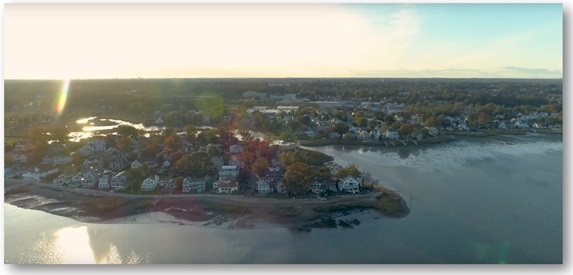Living on the Shore: Rights and Opportunities

Introduction
While people all over Connecticut have helped "Preserve the Sound" by purchasing a Long Island Sound license plate, coastal residents are in a position to make an even greater contribution than their inland neighbors. What people do in their waterfront back yards can significantly affect coastal issues relating to tidal wetlands, navigation, non-point source pollution, and beach and dune dynamics. Although large-scale projects like marinas or sewage treatment plant upgrades are carefully evaluated by the Department of Energy and Environmental Protection's (DEEP) permit process, small-scale residential land use decisions are subject to less scrutiny. However, the cumulative impacts of many small individual actions may ultimately have a greater effect on the coast that we all share.
Many people who must make decisions about the use of their coastal property have never had the opportunity to learn why protecting tidal wetlands is important, why building and rebuilding seawalls is often inadvisable, or why they should not build an extensive dock in front of their property. This summary is designed to help coastal residents make the connection between their individual land use decisions and the overall health of the Long Island Sound ecosystem. By promoting this understanding, we hope to foster a greater sense of stewardship and appreciation for the resources and uses of Connecticut's coast.
Content Last Updated March 6, 2020

